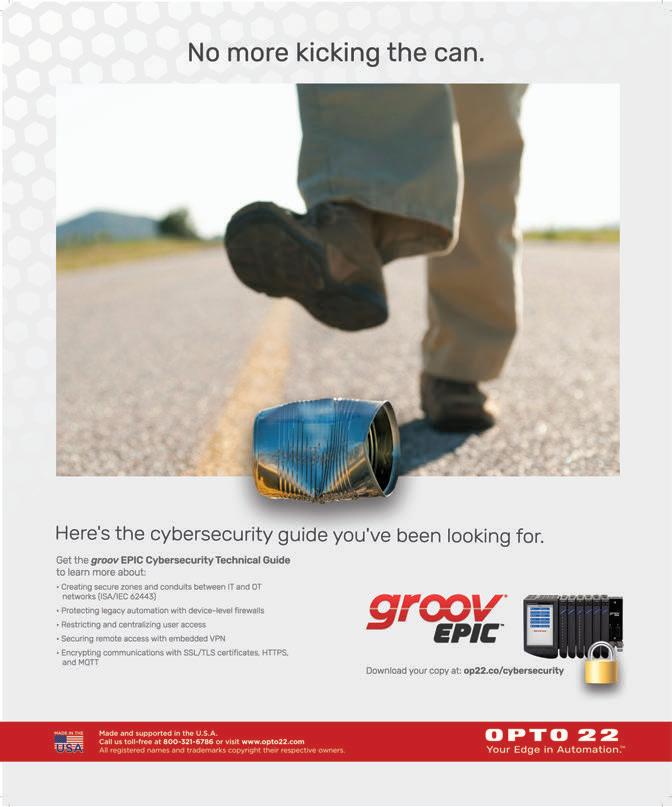
1 minute read
KEY INSIGHTS
The end-to-end, integrated MES software controls production and manufacturing systems, matches the production processes to the delivery chain, and closes the gap between business systems and process control systems. Materials management and operating data acquisition are both integrated in the software.
Jeanne Schweder on the digitalization of production operations at Spitz. awgo.to/1286
But before you head out to collect all the data you can from your equipment, there are many important questions to ask; the fi rst of which should be: What would those equipment data, if they were available to you in real time, enable you to do?
David Greenfi eld on making legacy equipment connections work. awgo.to/1287
To optimize the CIP and SIP processes, the system should allow a procedure author to design, implement, test, and deploy procedures without requiring engineering resources. This enables procedures to continuously be improved and optimized or adapt to changing requirements.
Randy Otto of ECS Solutions on the benefi ts of fl exible and modular CIP and SIP automation. awgo.to/1288
The need to recalibrate the supply chain as the direct-to-consumer model grows to mass scale requires new kinds of platforms and partnerships. To that end, key priorities moving forward include an e cient and responsive last mile and anticipating recycling, refurbishment, and return fl ows. That means maximizing the use of technology and automation to gain more fl exibility and agility.
Stephanie Neil on the ways e-commerce is impacting robotics technology decisions. awgo.to/1280
By 2019, Volvo had added more than 2,000 users and deployed Windchill in 13 factories. By the end of 2021, Volvo estimates that Windchill will be used by more than 3,000 users across 15 of its sites. According to the company, the results have been substantial—a 70% e ciency gain in the quality of work instructions, a 30% reduction in data entry errors, and a 30% improvement in change management handling.




